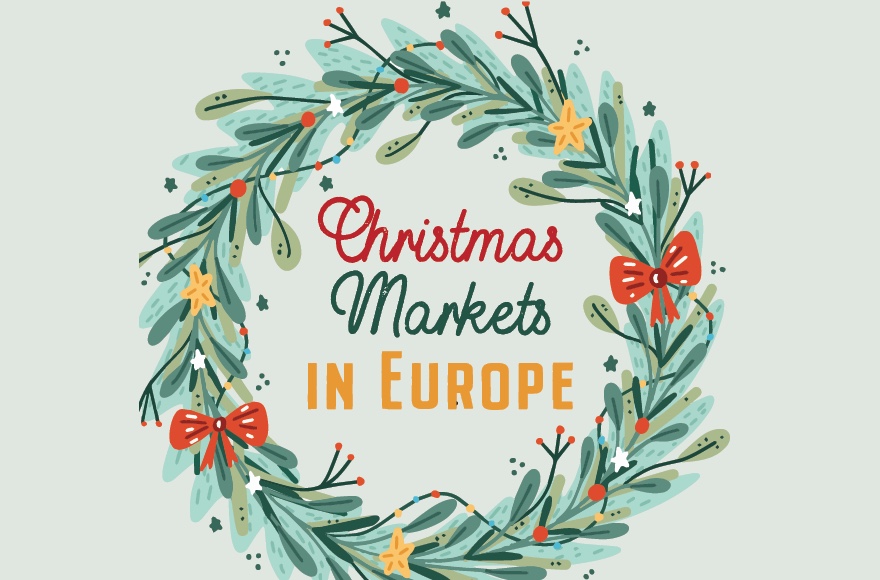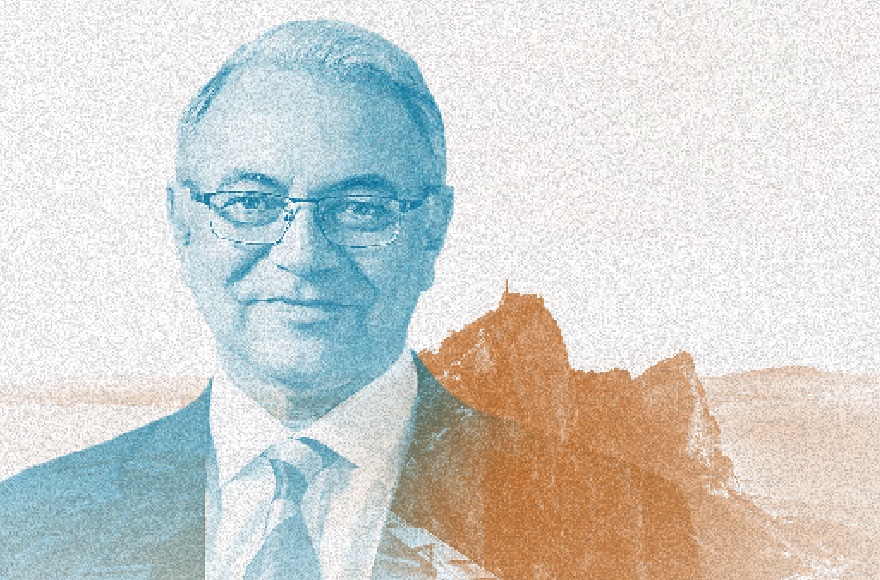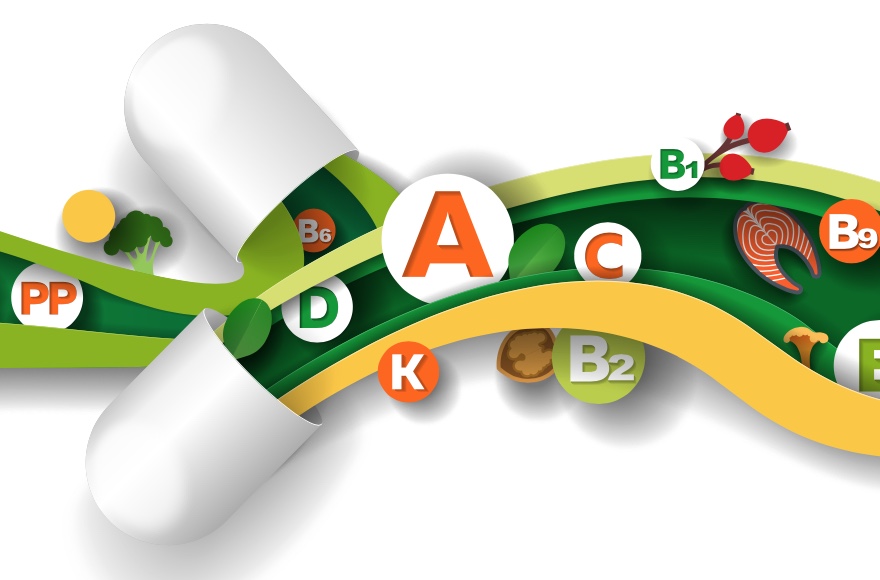Keep your Summer Essentials Topped up
It’s summer and it’s hot and the last thing you want to do is exercise, but you are determined to carry on with your usual workout routine. With a few adjustments you can still exercise safely during the hot weather. The first thing to remember is to keep hydrated. If you become dehydrated it could affect your ability to regulate your temperature and also can put pressure on your heart. You are at risk of heat exhaustion and heatstroke, which at worst can be life-threatening. The NHS says you should drink 6-8 cups or glasses (1.5-2 litres) of fluid a day. However, they recommend drinking at least 2 litres during a heatwave. Remember to drink enough before your workout, not just during. If you’re dehydrated when you start exercising, your heart needs to work harder to do its job. Get your body primed and motivated with PE Nutrition Pre-Workoutrefreshing and fruity pre-workout drink from Holland & Barrett.
Once you’ve worked out you will most probably be hot and sweaty and a good deodorant is key, especially if you don’t have time for a full shower or wash before you continue with your day. Have you thought of switching from your usual antiperspirant to a natural deodorant? Some antiperspirants use aluminium salts which dissolve into your skin and form a coating that “plugs” part of your sweat glands. Natural deodorants aren’t antiperspirants. Instead, they use ingredients that help prevent odour while still letting your body sweat when it needs to. Salt of the Earth, available from Holland & Barrett, has a range of 100% natural products that are vegan friendly and come in either a spray or roll-on deodorant for long-lasting and effective protection from body-odour.
Sunscreen is for life, not just for hot days! It’s especially important to make sure you’re wearing an SPF of at least 30 and topping up every 2 hours (sooner if you’ve sweated a lot or used a towel). It’s worth investing in a sweat-proof sunscreen if you’re exercising outdoors. Try HB Mineral Sunscreen SPF50+ from Holland & Barrett and feel safe in the knowledge that you have effective protection.
If you do get sunburnt, the first thing to do is get out of the sun. Go inside, find shade, and drink plenty of water to prevent dehydration. To soothe the burning sensation, take a cool shower or bath to calm your skin. Then, over the next few hours, continue this cooling process using a damp towel as a compress. Alternatively, use a bag of ice wrapped in a towel – this helps to drain the heat from the skin. As well as soothing the sunburn, this can help reduce further redness. Aloe vera is often recommended as a hydrating gel to help soothe affected skin. In fact, you’ll probably find many after-sun products contain aloe vera as a key ingredient. You should continue to use a cooling gel or cream for a few days to keep burnt areas moist and hydrated. Dr Organic Aloe Vera Gel with Tea Tree from Holland & Barrett ensures that the plant’s beneficial polysaccharide levels are captured and maximised to help soothe, moisturise and restore dry and sun exposed skin.
Many of the most popular and fun festivals are held in the months of August and September. Aside from the obvious tent, wellies and sleeping bag, there are a few festival essentials that you may not have considered when putting together your packing list. No festival essentials list would be complete without the inclusion of some immune system-supporting vitamin C! Holland & Barrett High Strength Effervescent Vitamin C tablets are an easy to take and easy to pack orange flavoured effervescent Vitamin C food supplement.
Another tip to make sure you enjoy the summer safely and healthily is to remember that it is all about balance and that sometimes it can be stressful to decide when to say yes and when to say no. Treats are more than just “healthy” or “unhealthy”, some provide your body with nutrients and others taste good and make you feel good. Sometimes, treats are more about joining in with everyone and doing the things you love. It’s fine to overindulge every so often but listen to what your body is telling you.
If you do over-do it, try Kombucha – a fermented drink made from tea, sugar and a bacterial culture called a SCOBY (symbiotic colony of bacteria and yeast). Holland & Barrett Energy Kombucha drink is formulated with Ashwagandha, Vitamin B12 and Live Cultures. Vitamin B12 contributes to the reduction of tiredness and fatigue. Ashwagandha is known for being an adaptogen, a natural agent that reportedly can potentially help with everyday pressure and Live Cultures are a type of good bacteria that come in the form of microbes associated with foods and drinks helping the normal function of the gut.
Finally, embrace every moment of summer… try not to spend it nursing a headache or suffering with a bad gut. Take some simple precautions to ensure you stay healthy and remember that the best advice is to stay hydrated and don’t wait until you feel thirsty to drink water




















